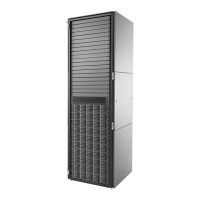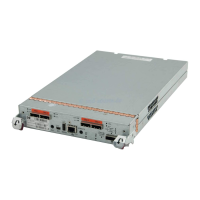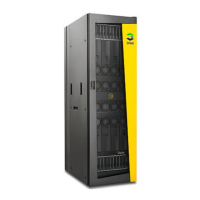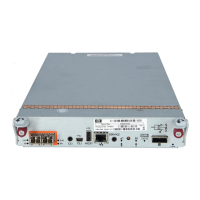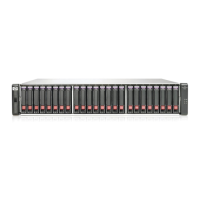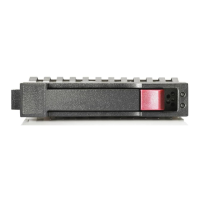• The redundancy (Vraid) level of a snapclone can be any level relative to the source.
• Until a snapclone is normalized, another snapclone of the same source cannot be created.
Snapclones cannot be created when the disk to be replicated is:
• A snapshot
• A disk that has a snapshot or mirrorclone
• In the process of normalizing (snapclone in progress) or being deleted (P6000 Command
View running XCS 10000000 or earlier)
See also, “Optimizing snap creation” (page 39).
Snapshots
A snapshot is a dependent point-in-time copy of a virtual disk. It is dependent because data is not
actually copied to the snapshot until it is overwritten on the source. Use snapshots when you need
temporary copies; for example, to create a copy of a database that you then store on tape.
Snapshot types
Snapshot types are defined by how the array allocates space for the snapshot.
• Demand allocated—The array allocates only enough space to store metadata and pointers to
the source data. As the source is overwritten, the array allocates more space and copies the
original data to the snapshot. Use demand-allocated snapshots when less than 10–25% of
the capacity of the source will change over the life of the snapshot.
• Fully allocated—The array allocates only enough space to store metadata and pointers to the
source data, but reserves space equal to the capacity of the source virtual disk. As the source
is overwritten, the array allocates more space and copies the original data to the snapshot.
Use fully-allocated snapshots when more than 25% of the capacity of the source will change
over the life of the snapshot.
Snapshot guidelines
Follow these guidelines for using snapshots:
• The array must have a local replication license.
• The maximum number of snapshots per source varies based on the array controller software
version. For specifics, see the HP P6000 Enterprise Virtual Array Compatibility Reference.
• A snapshot must be created in the same disk group as the source virtual disk.
• The redundancy (Vraid) level of a snapshot must be the same as, or lower than, the source.
• All snapshots of the same virtual disk must be the same type (demand allocated or fully
allocated) and redundancy (Vraid) level.
• If the disk group has insufficient space for demand-allocated snapshots, the snapshots will
automatically be invalidated, but the source virtual disks will continue accepting requests.
• Snapshots are included in the maximum number of virtual disks per array.
Snapshots cannot be created when the disk to be replicated is:
• A snapshot
• A disk that is the source of a mirrorclone (however, snapshots from a mirrorclone are possible)
• In the process of normalizing (snapclone in progress) or being deleted (P6000 Command
View 10000000 or earlier)
• See also, “Optimizing snap creation” (page 39).
HP P6000 Business Copy software 35
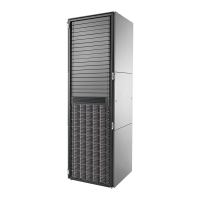
